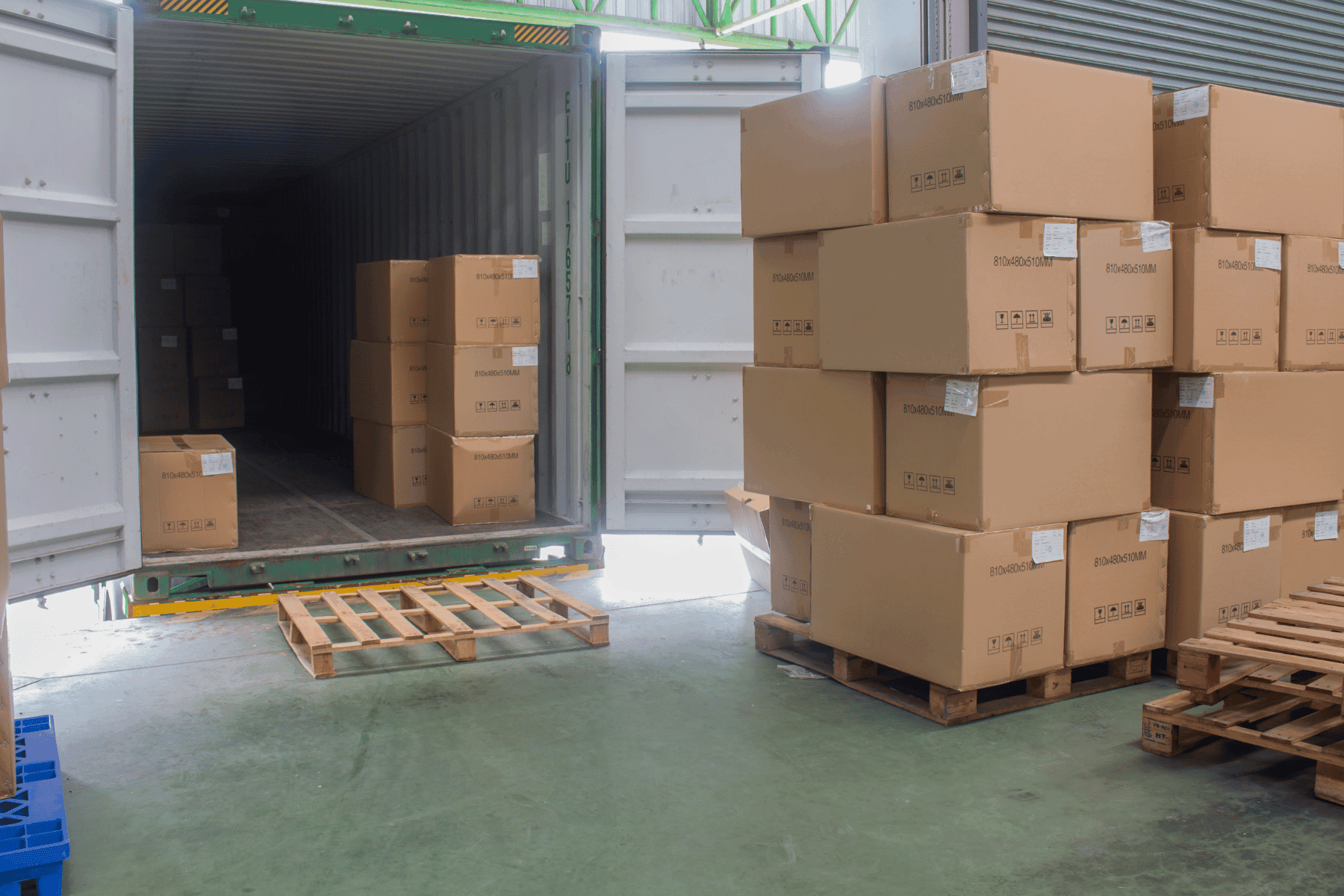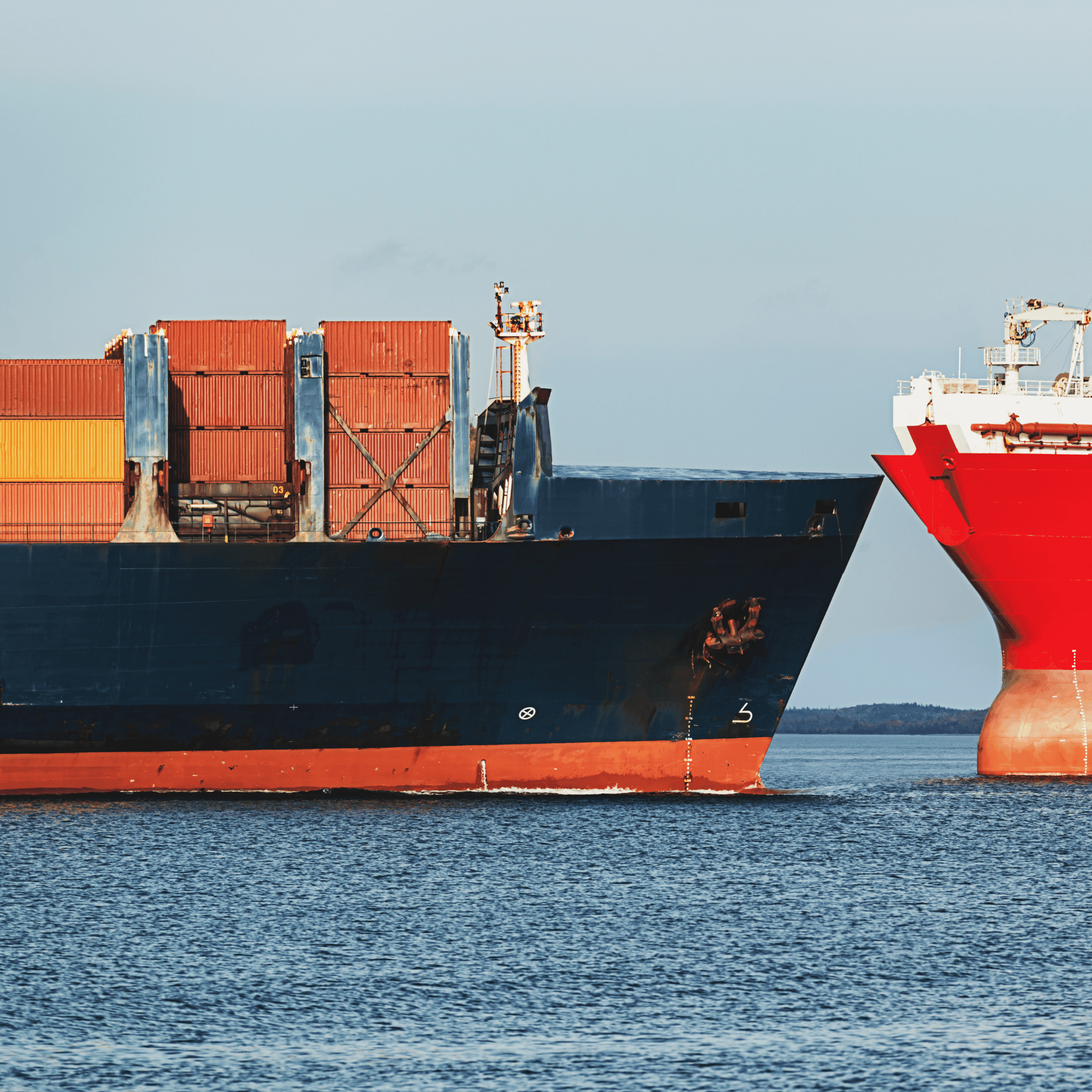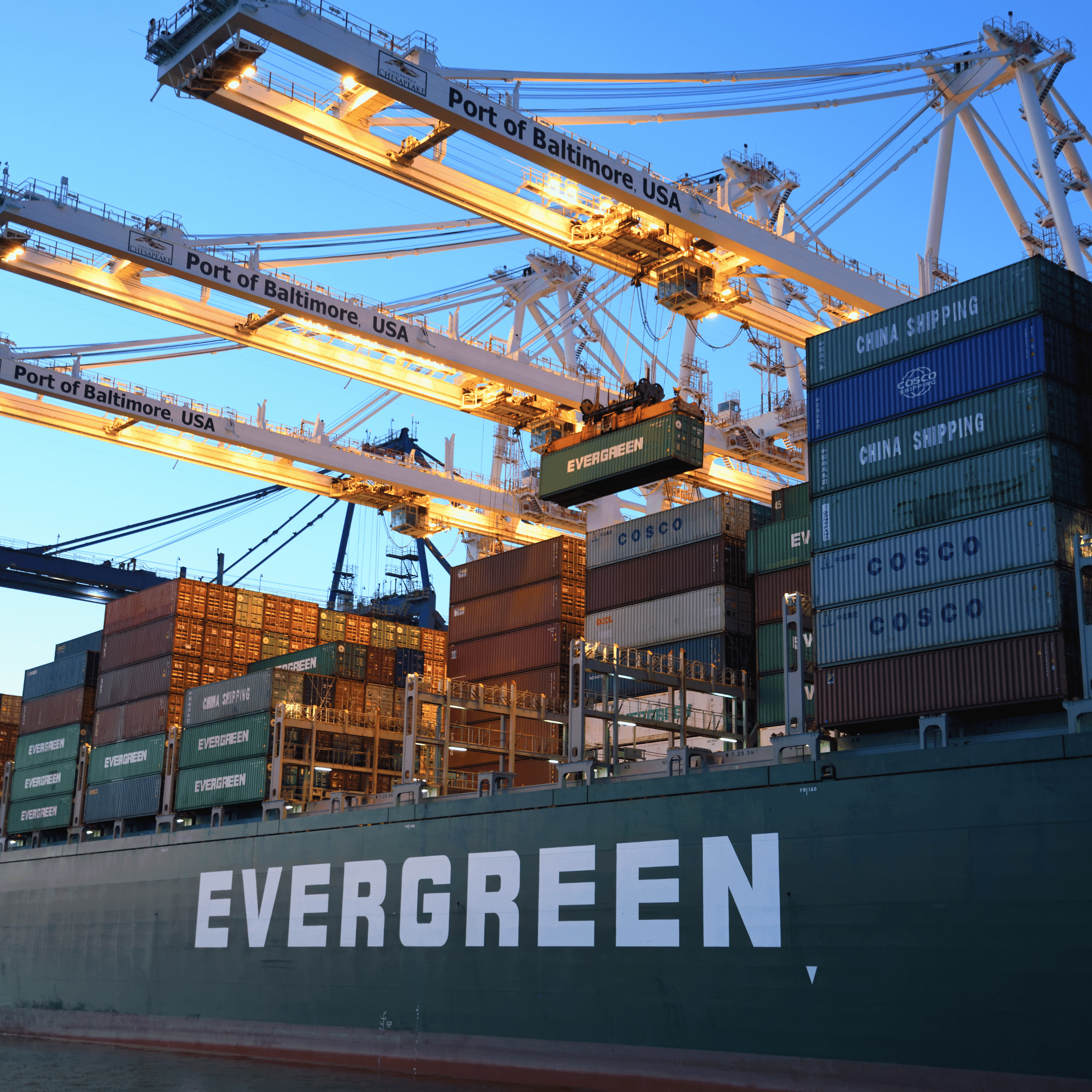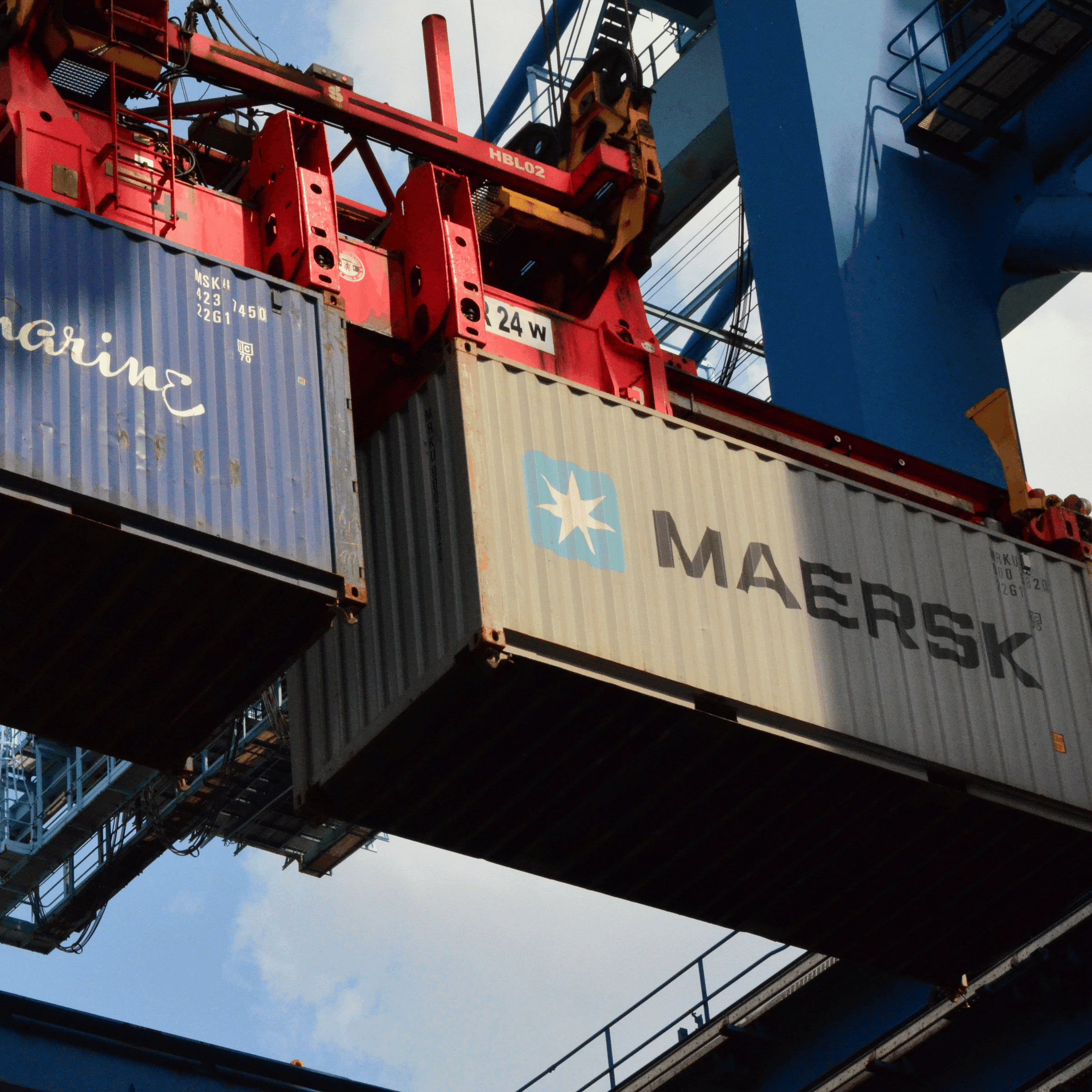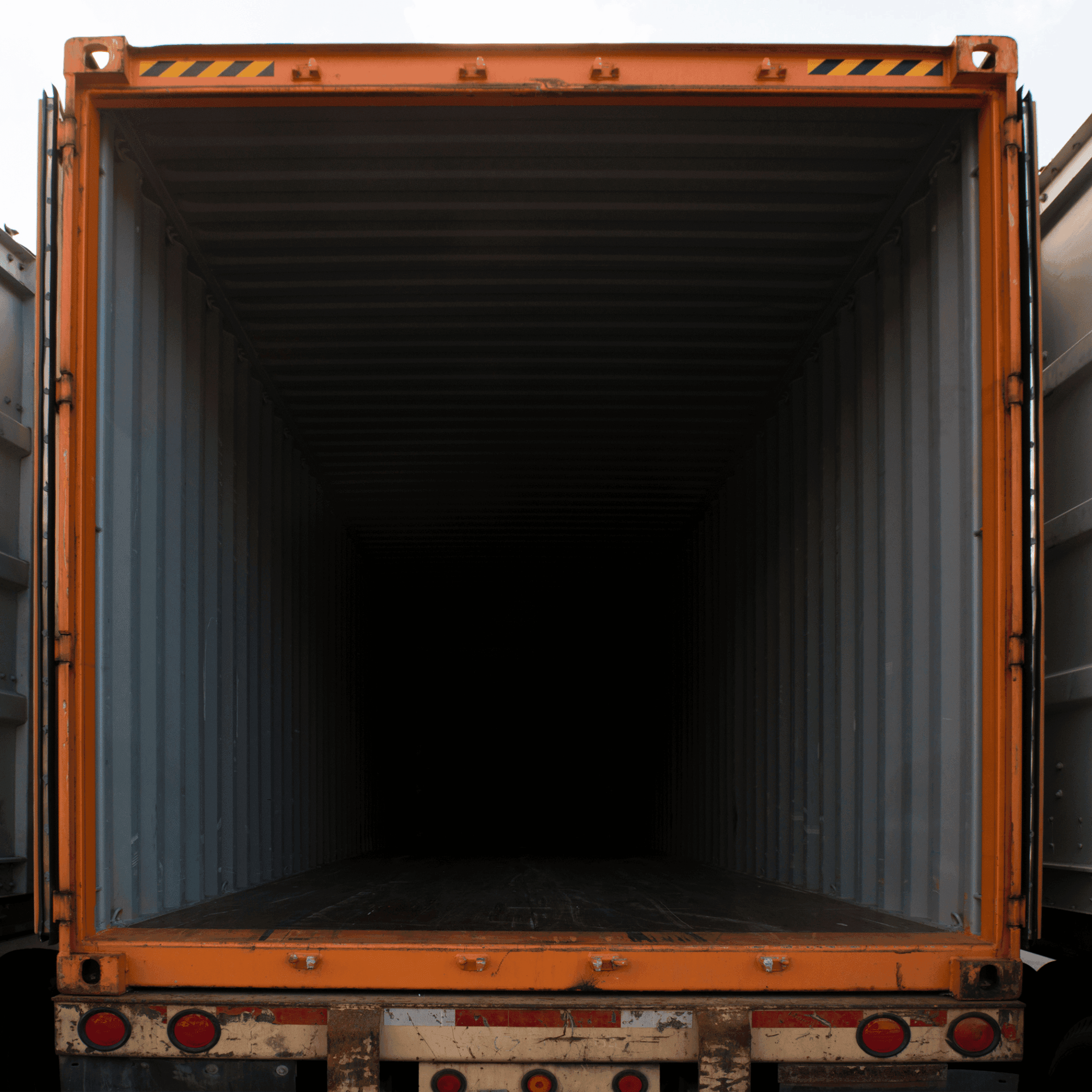In the world of shipping, logistics, and supply chain management, many technical terms and processes often go unnoticed by the general public. One such term, frequently used in the industry but relatively unfamiliar outside of it, is “devanning.” In this comprehensive guide, we’ll explore the definition of devanning, its significance, and how it fits into the broader context of international trade.
Definition
Devanning, also commonly referred to as “unstuffing,” is the process of unloading cargo from a container. This typically occurs at a warehouse after the container has been transported from a port or rail terminal. The term can apply to any form of cargo, whether it be boxes, pallets, or even vehicles. Once the goods are removed from the container, they can be checked, inventoried, stored, or forwarded to their next destination.
Why Devanning is Crucial
Safety: A primary reason for devanning containers at a dedicated facility or warehouse is safety. Unloading goods, especially heavy or bulky items, requires the appropriate equipment and expertise to prevent accidents or damage to the goods.
Inventory Management: As goods are removed from a container, they can be scanned and cataloged. This helps businesses maintain an accurate record of their inventory and track items throughout the supply chain.
Quality Check: Devanning provides an opportunity for businesses to inspect goods for any damage that may have occurred during transit. It’s an essential step for quality control.
Distribution: After unloading, items can be sorted and sent to their respective destinations, whether that be a retail outlet, another warehouse, or directly to the end consumer.
The Devanning Process
Arrival: The container arrives at the devanning facility or warehouse, either directly from the port or from an intermediate location.
Inspection: Before opening, the container seal is checked for tampering. The external condition of the container may also be inspected for any signs of damage.
Unloading: Specialized equipment, like forklifts or cranes, are used to safely remove the cargo from the container.
Documentation: As goods are unloaded, each item or batch is typically recorded, often electronically, to update inventory management systems.
Quality Check: Goods are inspected for damage or discrepancies against the shipping manifest.
Storage or Forwarding: Post inspection, goods are either stored in the warehouse for later distribution or immediately forwarded to their next location.
Empty Container: Once completely empty, the container is either returned to the port or held at the facility for reuse or collection by the shipping line.
Factors Impacting Devanning
Type of Goods: Fragile or high-value items may require extra care and specialized equipment to unload safely.
Volume and Weight: A fully loaded 40-foot container can be quite heavy and may require different equipment or strategies than a container with lighter, less densely packed goods.
Staff Training: Properly trained staff are essential to ensure a safe and efficient devanning process.
Infrastructure: Adequate space, appropriate storage facilities, and the right equipment play a crucial role in the devanning process.
Conclusion
Devanning, while a seemingly simple concept, plays a pivotal role in the logistics and supply chain industry. The process ensures that goods are safely and efficiently transitioned from large-scale international or inter-city transport to more localized distribution channels. With the continuous growth of international trade and e-commerce, understanding and optimizing the devanning process becomes even more vital for businesses aiming to efficiently manage their supply chains.

